
Death Valley National Park

Nevada, California
Death Valley National Park is a vast national park located primarily in California but with a small portion extending into Nevada. It is known for its extreme temperatures, stark landscapes, and unique geological features. The park was designated as a national park in 1994 and encompasses a diverse range of environments, from salt flats and sand dunes to mountains and canyons.
Key features of Death Valley National Park include:
- Badwater Basin: This is the lowest point in North America, sitting at 282 feet (86 meters) below sea level. The area is known for its vast salt flats and is one of the hottest places on Earth.
- Zabriskie Point: A popular viewpoint that provides stunning panoramic views of the colorful badlands and erosional features of the Furnace Creek Formation.
- Artist’s Palette: A colorful area in the Black Mountains where various minerals create vibrant hues on the mountainside.
- Mesquite Flat Sand Dunes: These iconic sand dunes are located near Stovepipe Wells and are a popular destination for photographers, especially during sunrise and sunset.
- Dante’s View: A high overlook that offers breathtaking panoramic views of Death Valley and the Panamint Range.
- Scotty’s Castle: Although currently closed due to flood damage, Scotty’s Castle is a historic mansion located in the northern part of the park, known for its Spanish-style architecture and interesting history.
- Ubehebe Crater: A large volcanic crater that provides insight into the park’s geological history.
The Nevada portion of Death Valley National Park is relatively small compared to the larger California portion. Visitors to the park can explore the diverse landscapes, engage in hiking and photography, and learn about the unique geology and ecology of this extreme desert environment. It’s essential to be well-prepared when visiting due to the harsh conditions, particularly during the hotter months.




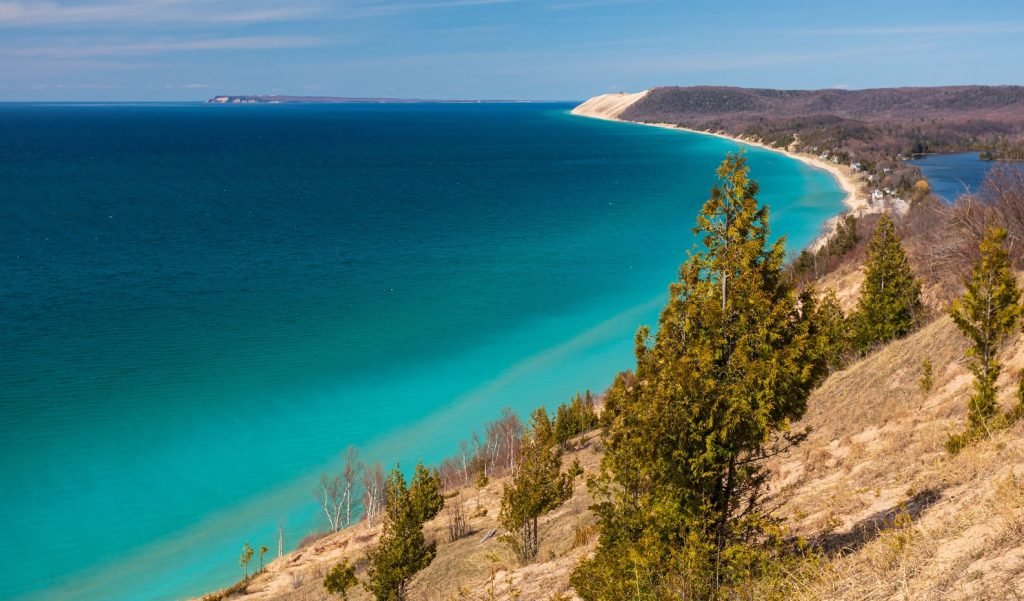
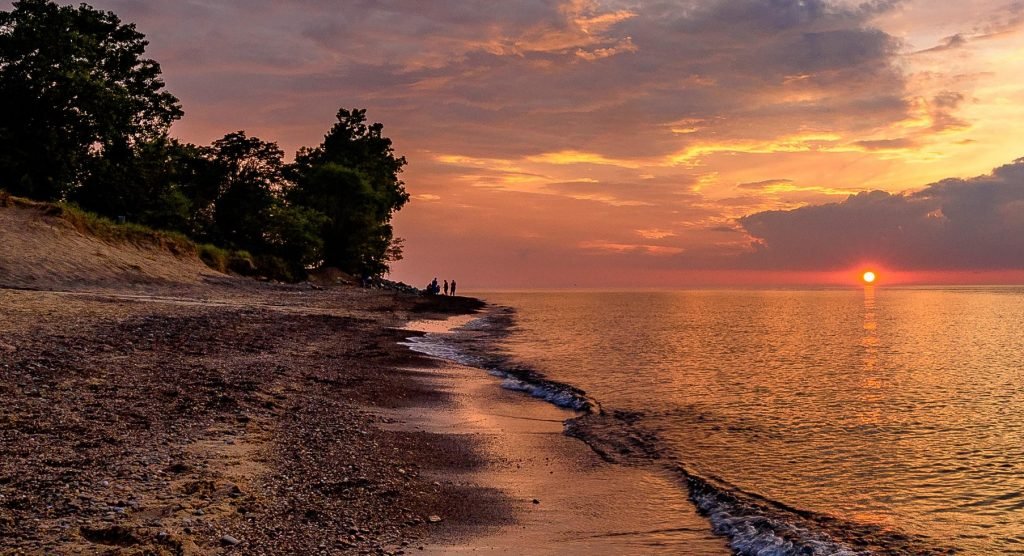
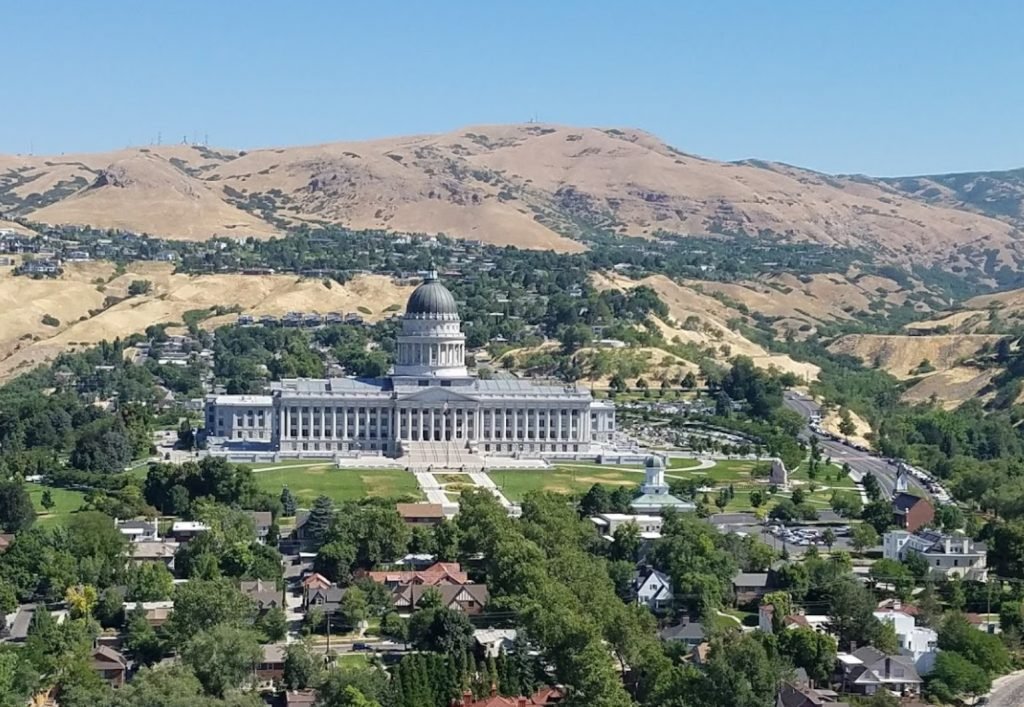
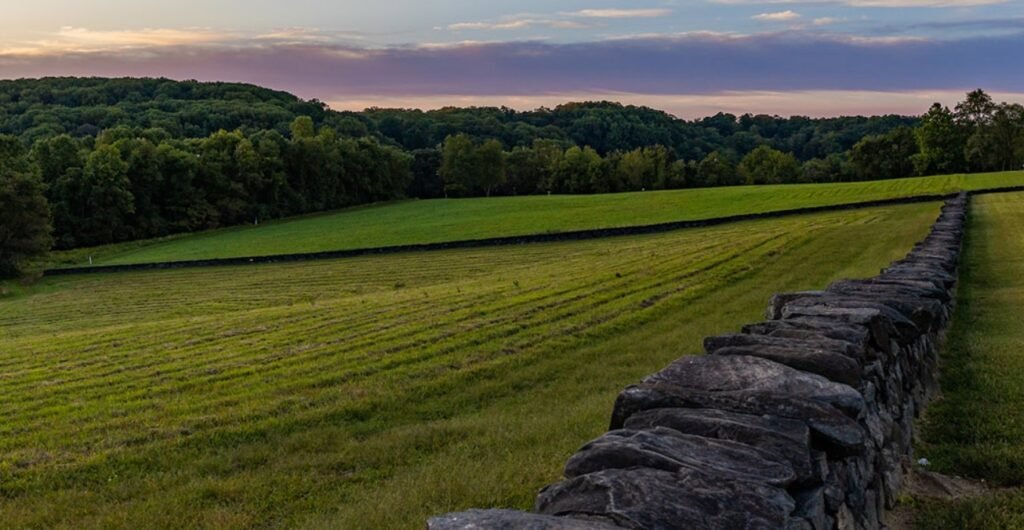
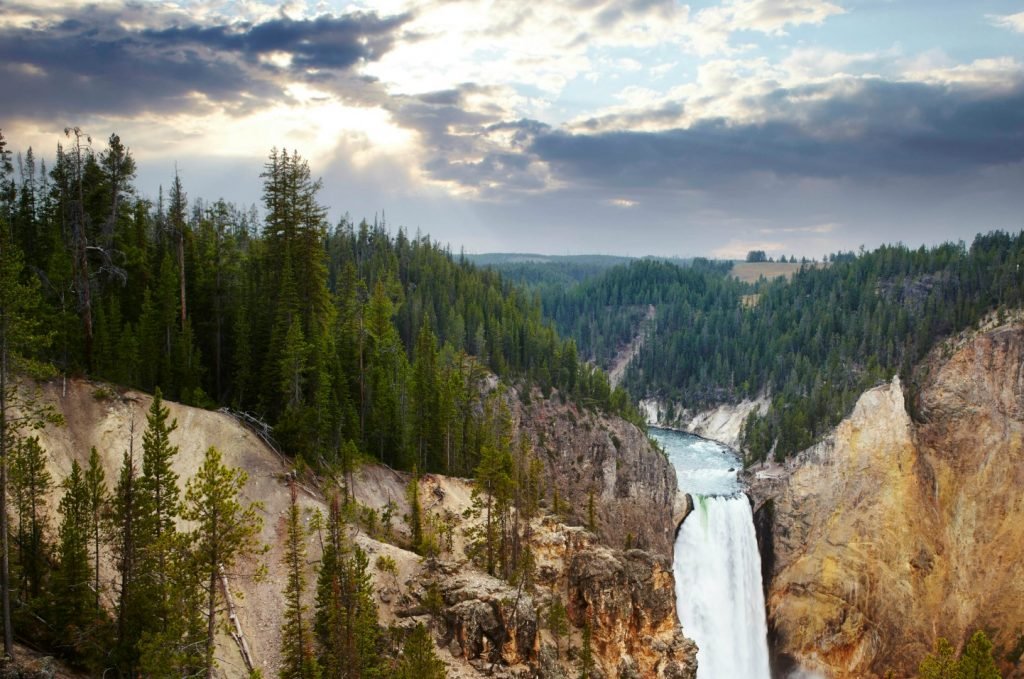
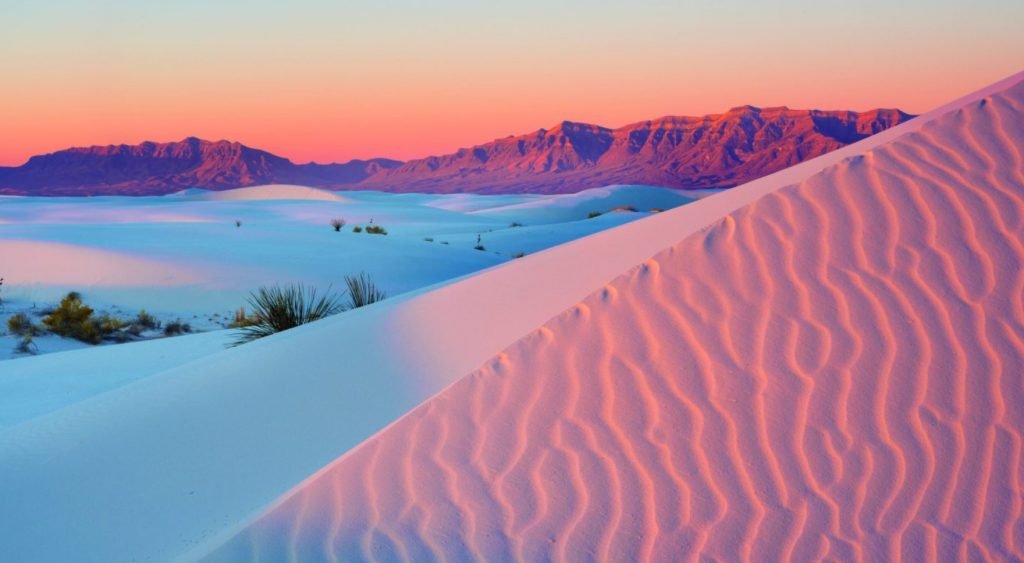
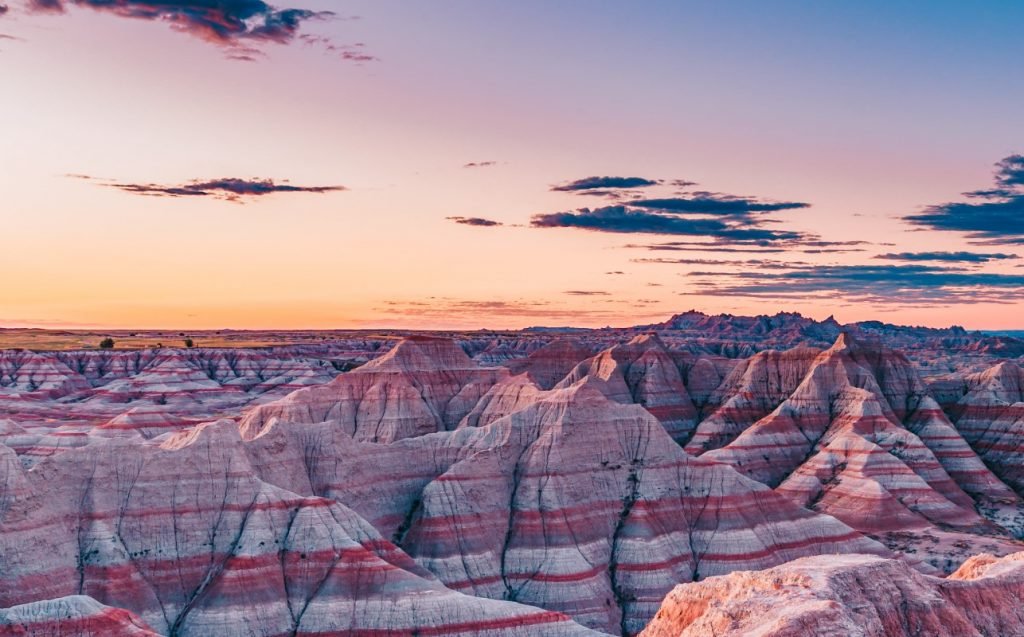
Responses